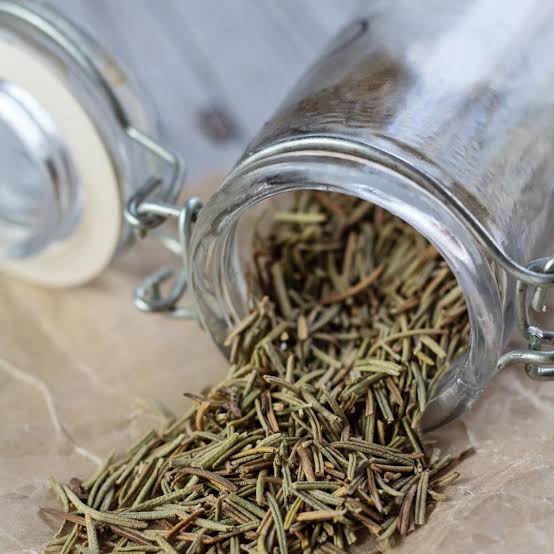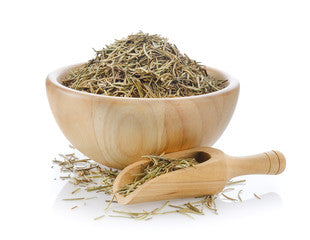

ROSEMARY LEAF
Regular price
Sale price
₦9,250.00
Unit price
/ per
In stock
sold in last hours
Shipping calculated at checkout.
Ask a question
Delivery & Return
Shipping info
Return Policy: We will gladly accept returns for any reason within 30 days of receipt of delivery.
Availability: Ships anywhere in Nigeria
Processing Time: Allow 3-4 business days processing time for your order to ship.
Order in the next hours minutes to get it between and
Guarantee safe & secure checkout




